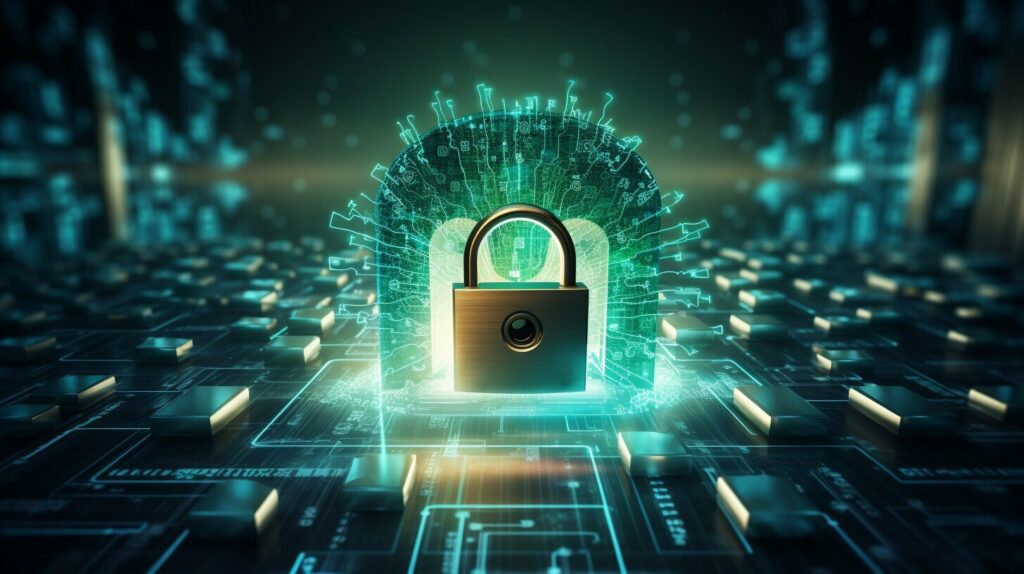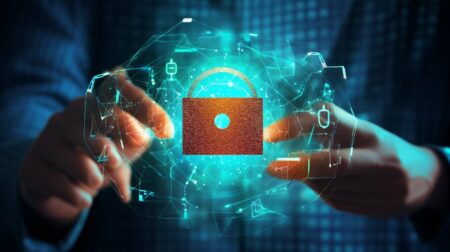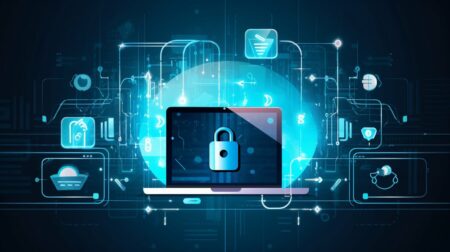Gone are the days of sending handwritten letters via snail mail. In today’s digital age, email communication has become an essential part of our daily lives. However, with its convenience comes a significant risk of security breaches and data theft.
This is where S/MIME certificates come into play. SMIME email certificates are encryption-based email security solutions that provide end-to-end encryption for email communications. These certificates are used to secure the content of email messages, ensuring they cannot be read by anyone except the intended recipient.
In this article, we will explore the ins and outs of S/MIME certificates, how they function to protect email communication, and the benefits of using them for secure email encryption.
Key Takeaways
- S/MIME certificates are encryption-based email security solutions.
- They provide end-to-end encryption for email communications.
- Using S/MIME certificates ensures that email content cannot be read by anyone except the intended recipient.
Understanding Email Security Solutions
In today’s digital age, email has become an indispensable tool for communication, both in personal and professional contexts. However, with the increased reliance on email communication comes the risk of sensitive information being compromised. This is where email security solutions come into play.
Secure email certificates are one of the most effective ways to ensure the confidentiality and integrity of email communication. These certificates use encryption technology to protect the contents of an email from being accessed or read by unauthorized parties.
Without proper email security measures in place, important information such as financial transactions, personal identification data, and confidential client information are put at risk. This can lead to significant legal and financial repercussions for individuals and organizations alike.
| Benefits of Secure Email Certificates |
|---|
| Protects sensitive information |
| Reduces the risk of data breaches and cyber attacks |
| Enhances trust and credibility in email communication |
As email continues to be an essential communication tool for individuals and businesses, the importance of incorporating secure email solutions into daily operations cannot be overstated. By doing so, individuals and organizations can protect their sensitive data and maintain the trust of their clients and partners.
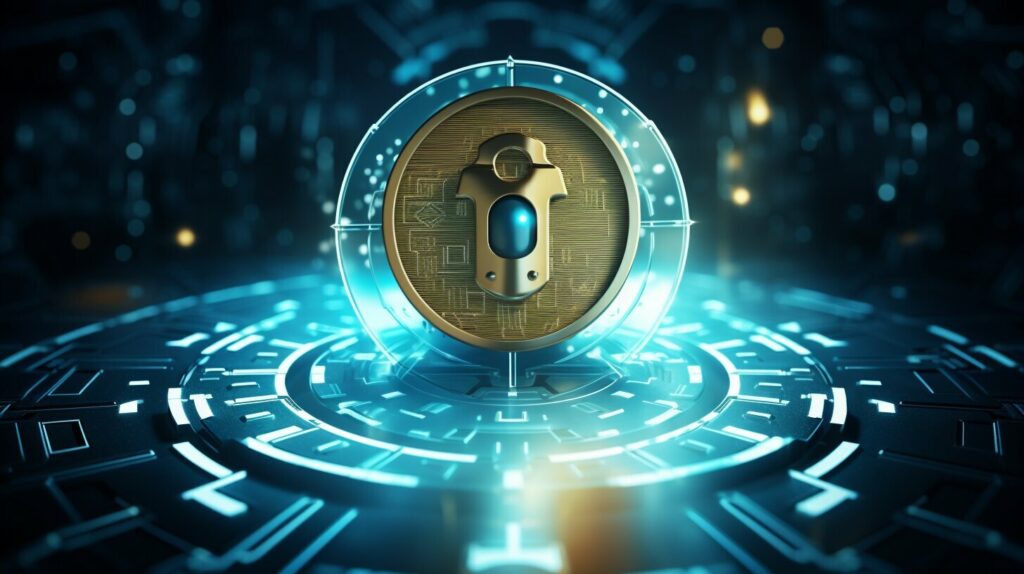
Secure email certificates play a crucial role in protecting email communication and should be considered a key component of any cybersecurity strategy. In the following sections, we will delve into the specifics of S/MIME certificates and how they can be used to secure email communication.
Introduction to S/MIME Certificates
In the world of digital communication, security is of utmost importance. Hackers and cybercriminals are constantly looking for ways to intercept sensitive information that is sent via email. This is where S/MIME certificates come into play. S/MIME (Secure/Multipurpose Internet Mail Extensions) certificates are digital certificates used to secure and authenticate email communication.
These certificates are issued by email certificate providers and are used by individuals and organizations for secure email communication. They provide end-to-end encryption for email messages, ensuring that only the sender and the intended recipient can read the content of the email. S/MIME certificates also offer authentication capabilities that help to identify the sender of the email, reducing the risk of phishing attacks and impersonation.

How S/MIME Certificates Encrypt Emails
One of the key functions of S/MIME certificates is to encrypt email content, ensuring confidentiality and privacy for sensitive information. When an email is encrypted using a S/MIME certificate, the content is converted into an unreadable format that can only be deciphered with the use of a decryption key.
The encryption process begins when the email sender composes a message using their email client. They can then select the option to sign and encrypt the email using their S/MIME certificate. The email client will then use the public key contained within the certificate to encrypt the email content before sending it to the intended recipient.
Upon receiving the encrypted email, the recipient’s email client will utilize the private key associated with the S/MIME certificate to decrypt the message, making it readable once again. This process ensures that only the intended recipient can access and read the contents of the email, preventing any unauthorized access or interception.
This level of encryption is especially important for businesses and individuals that handle sensitive information through email communication. By utilizing S/MIME certificates for email encryption, they can rest assured that their confidential information is kept secure during transmission.
Authenticating Email Senders with S/MIME Certificates
S/MIME certificates provide a digital certificate for email that helps in authenticating the identity of email senders, thereby reducing the risk of phishing attacks and impersonation. This is done by the use of a digital signature verified by a trusted Certificate Authority (CA).
When an email is sent using an S/MIME certificate, the recipient’s email client checks the digital signature of the email sender against the public key listed in the sender’s certificate. If the signature is valid and the certificate has not been revoked, the recipient can be assured that the email is indeed from the person it claims to be from and has not been tampered with during transmission.
The benefits of using S/MIME certificates for sender authentication include improving email security and ensuring the confidentiality of sensitive information. With more secure email communication, businesses can maintain customer trust and avoid reputational damage resulting from security breaches.

“Using S/MIME certificates for sender authentication improves email security and ensures the confidentiality of sensitive information.”
Obtaining and Installing a S/MIME Certificate
To obtain a S/MIME certificate, the first step is to choose a reputable email certificate provider. There are several providers available, including Certum, GlobalSign, and DigiCert.
Once you have selected your provider, you will need to follow their specific instructions to obtain your certificate. Typically, this will involve providing some personal information and going through a verification process to confirm your identity.
After you have obtained your S/MIME certificate, the next step is to install it on your email client. The installation process will vary depending on the client you are using, but most email clients have a straightforward process for installing certificates.
It is essential to ensure that your S/MIME certificate is installed correctly to avoid any potential issues with email security. Once your certificate is installed, you can start using it to encrypt and authenticate your email communication.
Compatibility and Interoperability of S/MIME Certificates
One of the key benefits of using S/MIME certificates is their ability to work seamlessly across different email clients and platforms.
S/MIME certificates are compatible with popular email clients such as Microsoft Outlook, Apple Mail, and Mozilla Thunderbird, as well as mobile devices running on iOS and Android operating systems.
Additionally, S/MIME certificates support interoperability between email clients. This means that users can send encrypted emails to recipients who may be using a different email client or platform, as long as they also have an S/MIME certificate installed.
It’s important to note that incompatibility issues may arise when using S/MIME certificates with certain email clients or systems. However, most of these issues can be resolved through proper configuration and set up.
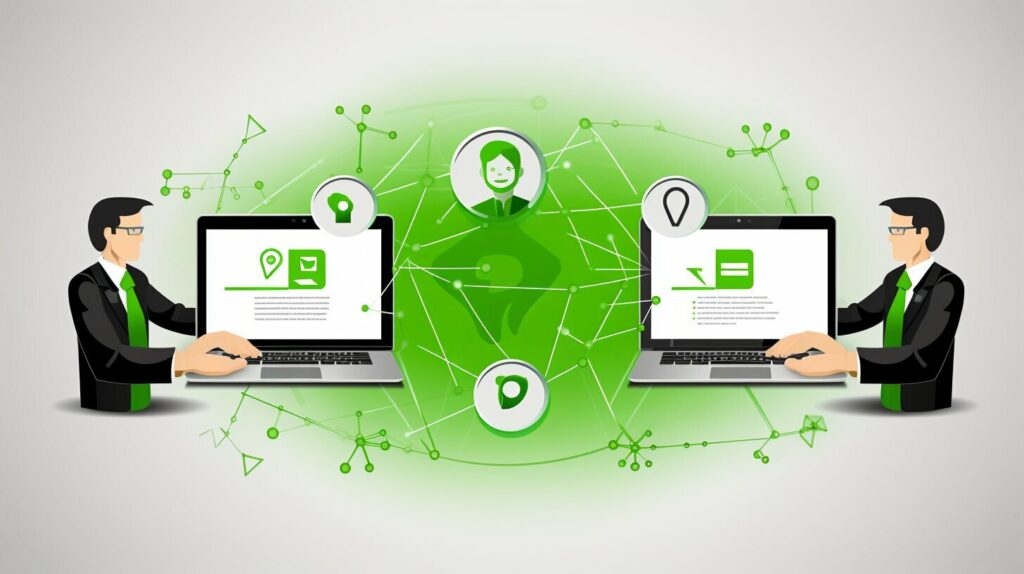
“S/MIME certificates are compatible with popular email clients such as Microsoft Outlook, Apple Mail, and Mozilla Thunderbird.”
Benefits and Advantages of S/MIME Certificates
If you’re looking for a secure email encryption solution, S/MIME certificates offer a range of benefits and advantages that can help protect your sensitive information. Here are some of the top advantages of using S/MIME certificates:
Enhanced Security
S/MIME certificates provide end-to-end encryption for email communication, ensuring that only the intended recipient can read the message contents. This prevents unauthorized access to sensitive information, keeping it safe from prying eyes.
Authentication
S/MIME certificates also authenticate the identity of email senders, reducing the risk of phishing attacks and impersonation. This feature helps to build trust between communication parties and ensures that messages are only sent and received from verified sources.
Easy to Use
Using S/MIME certificates is easy, especially if you obtain them from a reputable email certificate provider. Once installed, the certificates work seamlessly in the background, encrypting and authenticating email communication without any additional effort required from the user.
Cost Effective
Compared to other email security solutions, S/MIME certificates are relatively inexpensive, making them an affordable option for individuals and businesses alike. They also eliminate the need for costly hardware or software installations that can add to the overall cost of implementing email security.
Compatibility
S/MIME certificates are compatible with a wide range of email clients and platforms, ensuring that they work seamlessly across different systems. This flexibility makes it easy to use S/MIME certificates regardless of which email client or service you prefer.
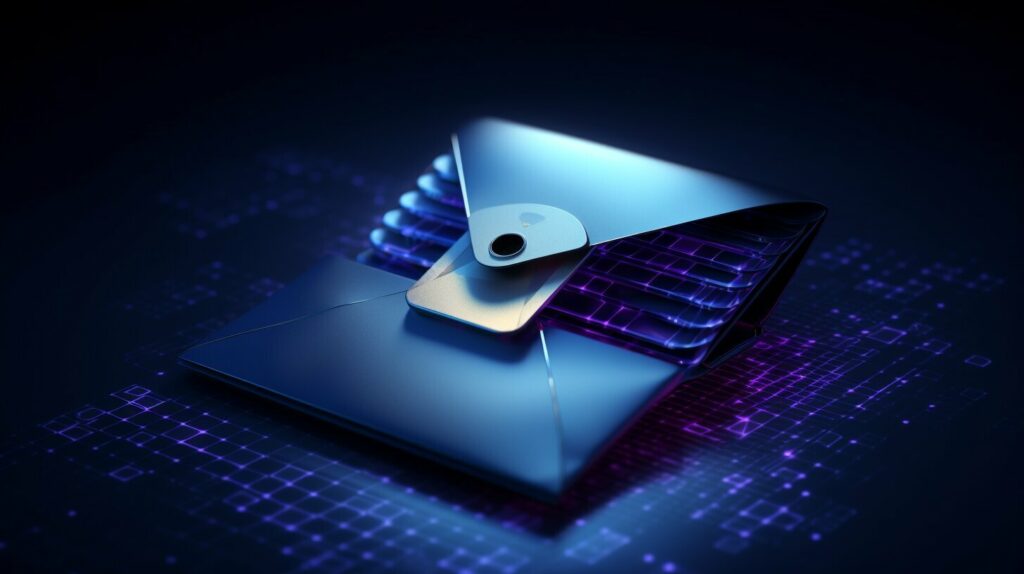
Overall, S/MIME certificates offer a reliable and effective solution for secure email communication. By encrypting and authenticating email messages, S/MIME certificates help to protect sensitive information and provide peace of mind to users.
Limitations and Challenges of S/MIME Certificates
While S/MIME certificates offer robust email security solutions, there are some limitations and challenges that users may encounter when using them.
One of the primary challenges is compatibility. S/MIME certificates may not work seamlessly across all email clients and platforms, leading to issues with sending and receiving encrypted emails. Additionally, some email certificate providers may not be recognized by all email clients, resulting in the inability to verify the legitimacy of the certificate.
Another hurdle is user adoption. Many email users may not be familiar with S/MIME certificates or may find the installation and setup process to be confusing or time-consuming. Without widespread adoption, the effectiveness of S/MIME certificates in enhancing email security may be limited.
It’s also essential to note that S/MIME certificates do not protect against other forms of cybersecurity threats, such as malware or phishing attacks. While they can reduce the risk of unauthorized access to email content, users must still remain vigilant and take other necessary precautions to protect their digital communications.
Despite these limitations and challenges, S/MIME certificates remain a valuable tool for securing email communication, particularly in industries that handle sensitive information. By understanding and addressing these challenges, users can fully unlock the potential of S/MIME certificates to enhance their email security.
Best Practices for Using S/MIME Certificates
Now that you understand the importance of S/MIME certificates and how they secure email communication, it’s time to learn some best practices for using them effectively. Below are some tips to help you get started:
- Choose a reputable provider: Look for trusted and reliable S/MIME email certificate providers to ensure the certificate is properly issued and maintained.
- Keep your private key secure: Store your private key in a safe and secure location, away from prying eyes and potential cyberattacks.
- Regularly update your certificate: Ensure your certificate is up-to-date to maintain its security features and compatibility with modern email clients.
- Double-check email recipients: Before sending an encrypted email, ensure you have selected the correct recipient and that their public key is still valid.
- Use strong passwords: Secure your private key with a strong and unique password to prevent unauthorized access.
- Enable email encryption by default: Configure your email client to automatically encrypt outgoing emails whenever possible.
By following these best practices, you can maximize the benefits of S/MIME certificates and ensure the security of your email communication.
Future of Email Security and S/MIME Certificates
As technology continues to evolve, so does the need for advanced email security solutions. With the rise of cybercrime and increasing concerns over data privacy, email encryption is no longer an option but a necessity.
S/MIME certificates have been a trusted solution for secure email communication for years. However, as technology advances and cyber threats become more sophisticated, the future of S/MIME certificates remains uncertain.
One potential future for email security is the adoption of quantum-resistant encryption. Quantum computers have the potential to break traditional encryption methods, making them ineffective for protecting sensitive information. As such, there is a growing need for encryption methods that can withstand quantum computing attacks.
Another potential development is the use of machine learning and artificial intelligence to detect and prevent phishing attacks. With the increasing sophistication of phishing scams, traditional email security measures may not be sufficient. By utilizing machine learning algorithms, email providers can detect and prevent phishing attacks before they reach the user’s inbox.
Regardless of the future developments in email security, S/MIME certificates remain a trusted and reliable solution for securing email communication. By implementing best practices and staying up-to-date with the latest advancements in email security, users can continue to rely on S/MIME certificates for secure and confidential communication.
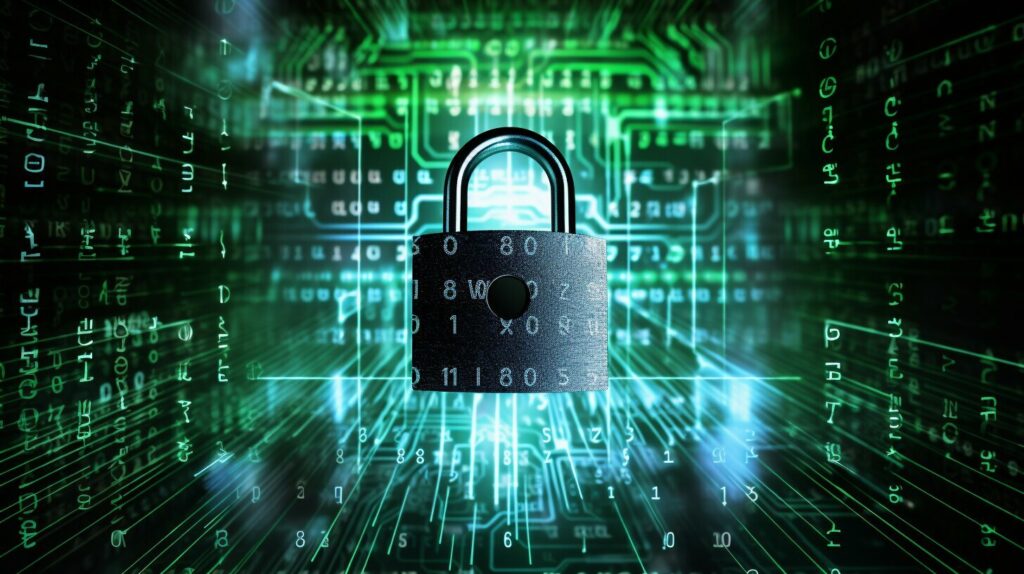
Conclusion
In conclusion, S/MIME certificates are an essential tool for ensuring the security of email communication. By encrypting email content and authenticating the identity of email senders, S/MIME certificates help protect sensitive information from prying eyes.
While there may be some limitations and challenges associated with using S/MIME certificates, it is important to remember the benefits they offer. Secure email communication can help prevent data breaches and protect personal and confidential information.
Looking Ahead
As email security continues to evolve, S/MIME certificates will play an important role in shaping the future of digital communication. With increased user adoption and advancements in compatibility and interoperability, S/MIME certificates will continue to provide a secure and reliable way to communicate online.
We encourage all users to consider implementing S/MIME certificates as part of their email security solutions. By doing so, you can help protect your personal and confidential information, and contribute to a safer digital environment for all.
FAQ
Q: What is a S/MIME Certificate and How Does It Work?
A: A S/MIME certificate is a digital certificate that helps secure email communication by encrypting the content and authenticating the identity of email senders.
Q: Understanding Email Security Solutions
A: Email security solutions are essential for protecting sensitive information during digital communication. They play a crucial role in safeguarding emails from unauthorized access and ensuring the privacy and integrity of email content.
Q: Introduction to S/MIME Certificates
A: S/MIME certificates are digital certificates used for email security. They are provided by organizations specializing in email certificate services and are used to verify the authenticity of email senders and encrypt email content.
Q: How S/MIME Certificates Encrypt Emails
A: S/MIME certificates use encryption algorithms to secure the content of emails. This encryption process ensures that only the intended recipient can access and read the email content, providing confidentiality and data protection.
Q: Authenticating Email Senders with S/MIME Certificates
A: S/MIME certificates authenticate the identity of email senders, reducing the risk of phishing attacks and impersonation. By verifying the sender’s digital certificate, recipients can trust the authenticity and integrity of the email.
Q: Obtaining and Installing a S/MIME Certificate
A: To obtain a S/MIME certificate, users can approach email certificate providers who offer these services. The certificate can then be installed on the email client to enable secure email communication.
Q: Compatibility and Interoperability of S/MIME Certificates
A: S/MIME certificates are designed to work seamlessly across different email clients and platforms. They are compatible with major email software and ensure that encrypted emails can be decrypted and read by the intended recipients.
Q: Benefits and Advantages of S/MIME Certificates
A: Using S/MIME certificates offers several benefits, including secure email encryption, authentication of email senders, and protection against unauthorized access. It ensures the privacy and integrity of email communication and helps build trust in digital correspondence.
Q: Limitations and Challenges of S/MIME Certificates
A: While S/MIME certificates provide robust email security, they may face limitations such as compatibility issues with certain email clients and user adoption challenges in organizations. These factors should be considered when implementing S/MIME certificates.
Q: Best Practices for Using S/MIME Certificates
A: To effectively utilize S/MIME certificates, it is recommended to regularly update and renew certificates, educate users about email security practices, and ensure compatibility with the recipients’ email software. Following these best practices maximizes the benefits of S/MIME certificates.
Q: Future of Email Security and S/MIME Certificates
A: The future of email security holds promising advancements, and S/MIME certificates will continue to play a vital role in ensuring secure email communication. Innovations in encryption techniques and improved integration with email clients are expected to enhance the effectiveness of S/MIME certificates.


